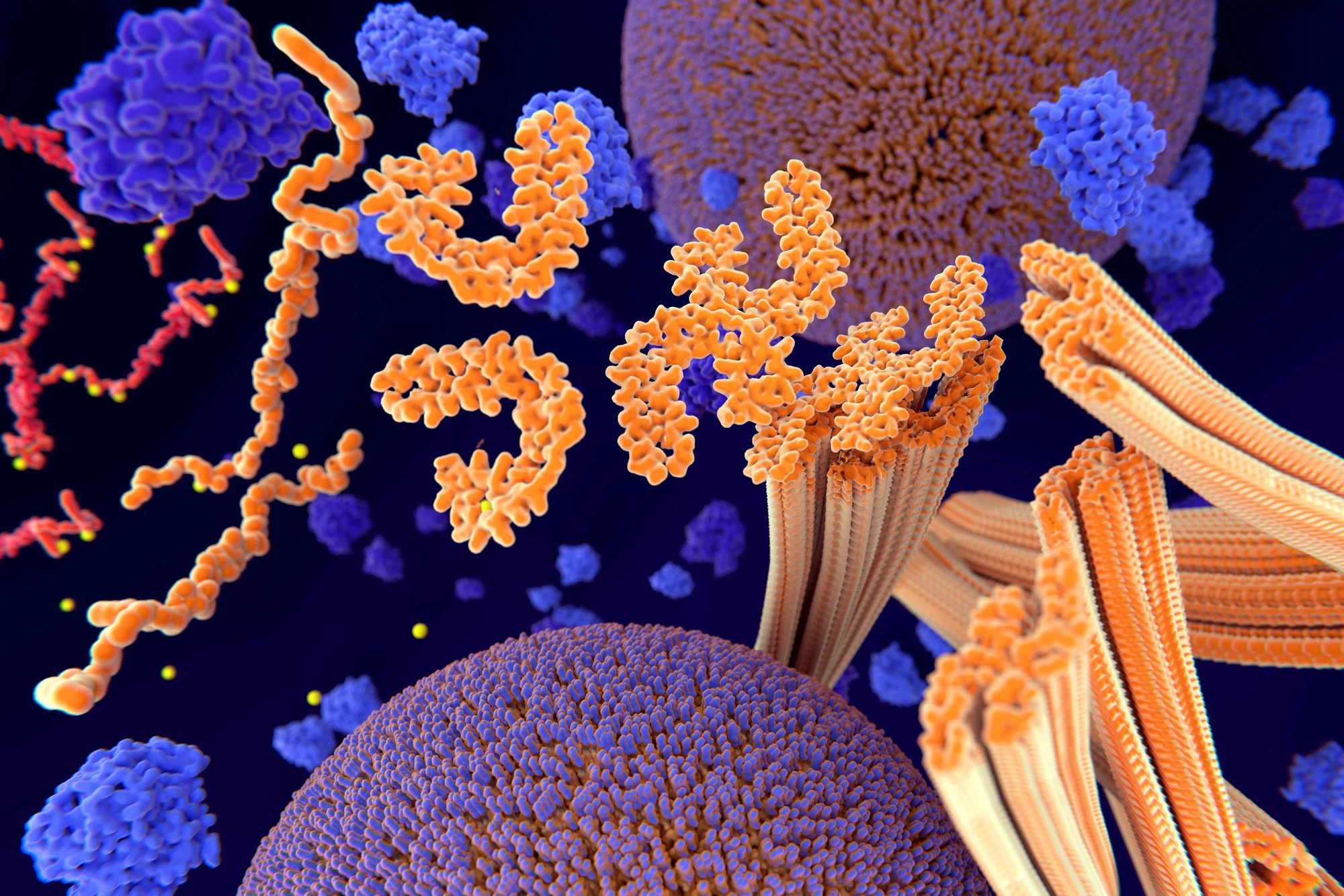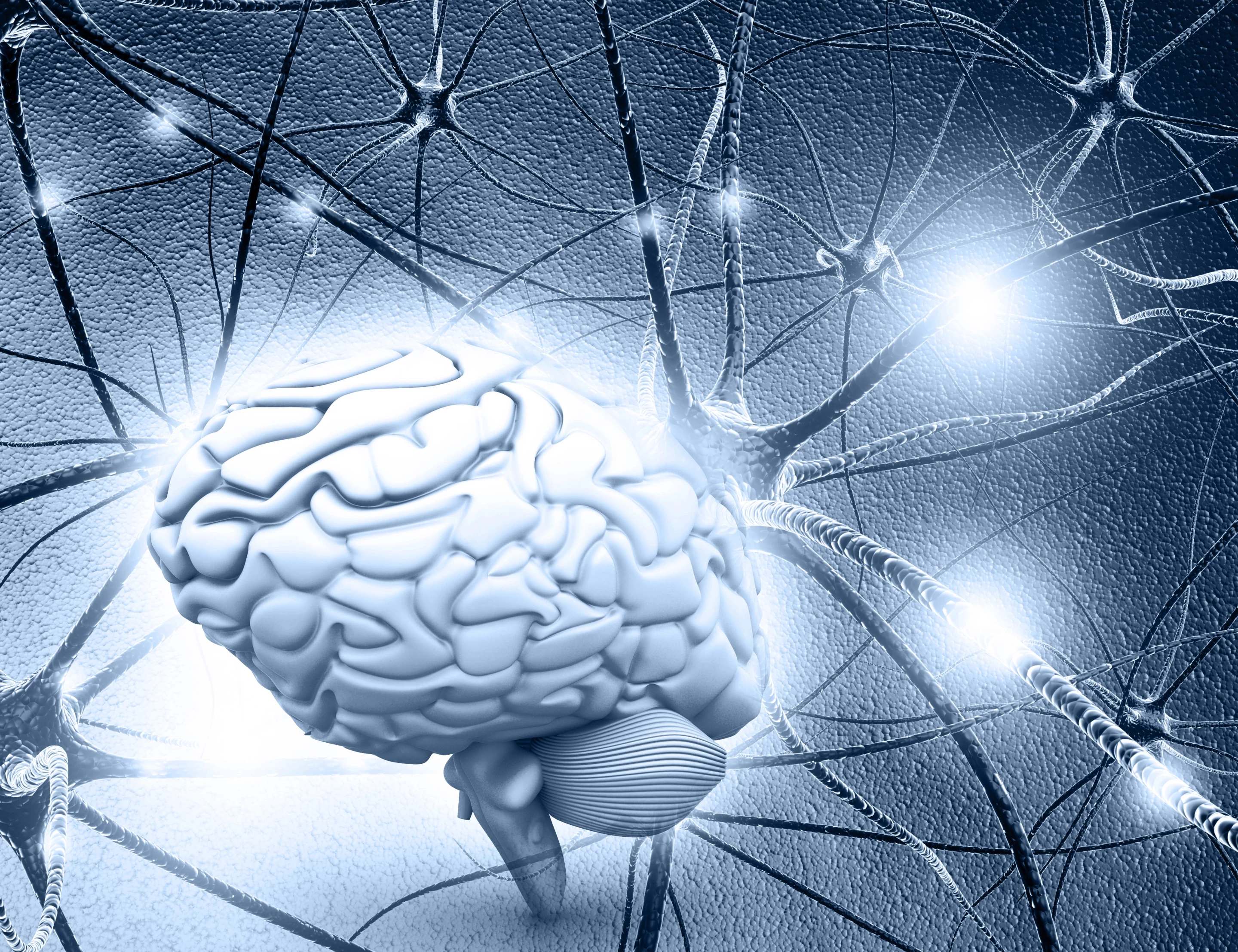Get the latest tech news
Brain Stimulation Reverses Synaptic Damage in Alzheimer’s
New research shows that low-intensity repetitive transcranial magnetic stimulation (rTMS) can restore key synaptic structures in mouse models of Alzheimer’s disease.
“Given the established link between synaptic dysfunction and cognitive decline in dementia and the use of rTMS for the treatment of other neurodegenerative conditions, our findings highlight its potential as a powerful addition to currently used AD management strategies.” As synaptic dysfunction is one of the key mechanisms associated with cognitive deficits in dementia, we investigated the effect of rTMS on cortical synapses using an APP/PS1 amyloidosis mouse model of AD crossed with fluorescent reporters linked to the Thy-1 promoter. Using in vivo two-photon imaging, we characterized the plasticity of excitatory terminaux(TB) and en passant(EPB) axonal boutons at 48-h intervals for 8 days on either side of a single session of rTMS.
Or read this on r/technology
